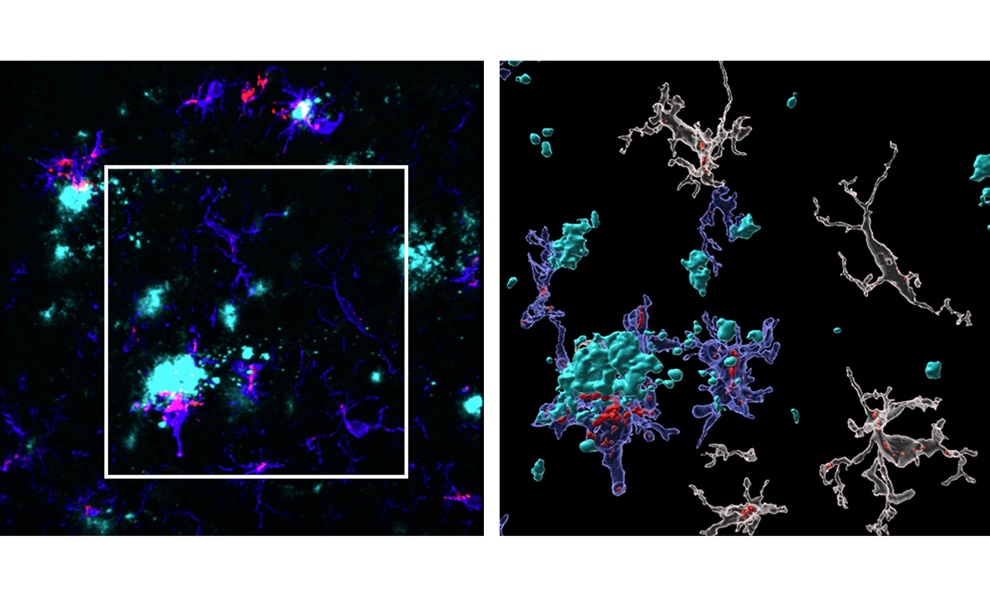Brain Inflammation Biomarker Detects Alzheimer’s Years Before Symptoms Appear
Posted on 15 Sep 2025
Alzheimer’s disease affects millions globally, but patients are often diagnosed only after memory loss and other symptoms appear, when brain damage is already extensive. Detecting the disease much earlier could improve quality of life and reduce its prevalence. Now, a new study has identified a brain inflammation biomarker that increases years before symptoms, suggesting it may help detect Alzheimer’s at its earliest stages.
Researchers at Florida International University (Miami, FL, USA) investigated TSPO (or translocator protein 18 kDa), a protein long recognized as a marker of neuroinflammation in degenerative and psychiatric conditions. Using advanced imaging software, they tracked TSPO levels in genetically engineered mouse models of familial Alzheimer’s and validated results with human brain tissue from families in Colombia carrying the “paisa” mutation, which causes early-onset disease.

In mice, elevated TSPO expression was observed in the subiculum of the hippocampus as early as six weeks of age, equivalent to approximately 18–20 years of age in humans. Microglia clustered around amyloid plaques had the highest TSPO levels, with female mice showing greater increases, mirroring real-world patient patterns. Human tissue from mutation carriers revealed the same trend, with high TSPO persisting even in late-stage Alzheimer’s.
These findings, published in Acta Neuropathologica, confirm TSPO’s potential as an early biomarker and raise new questions about its role—whether it drives damage or helps protect the brain. Understanding this could open pathways for therapies that block or enhance TSPO to alter disease progression. Researchers are now testing specially developed mouse models lacking TSPO and extending their work to sporadic, late-onset Alzheimer’s, which makes up more than 90% of cases.
“This is the first study to really examine how early this biomarker increases and where it begins rising in the brain. If we can use this information to help delay Alzheimer’s progression by even five years, it can drastically improve patients’ lives and reduce disease prevalence,” said lead researcher Tomás R. Guilarte. “If we can use this information to help delay Alzheimer’s progression by even five years, it can drastically improve patients’ lives and reduce disease prevalence.”
Related Links:
Florida International University













